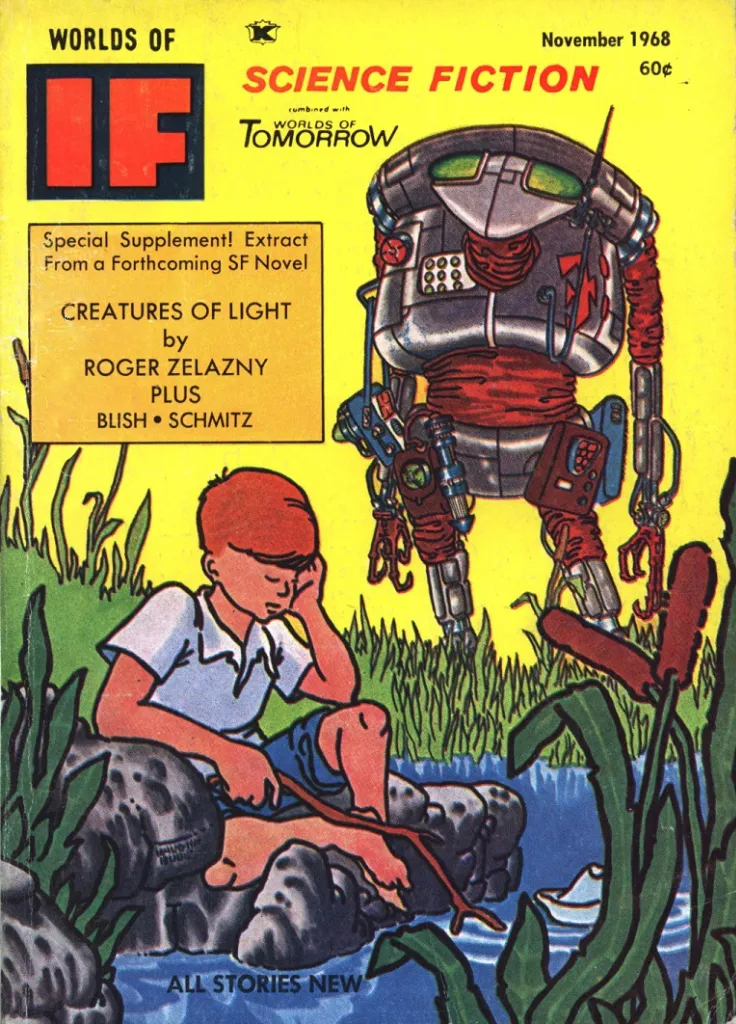
by David Levinson
Saving the past
Around the turn of the century, the British in Egypt set out to regulate the flooding of the Nile by building a dam at Aswan, near the First Cataract, a little under 150 miles north of what is today the border between Egypt and Sudan. They limited the height of the dam in order to prevent the submergence of the island of Philae and the many monuments there, but still raised the height twice by the mid-1930s. The reservoir nearly overflowed the top in 1946, and it became increasingly clear that the dam’s storage capabilities were insufficient for modern Egypt.
King Farouk favored the construction of dams in Sudan and Ethiopia, where cooler temperatures would mean less loss of water due to evaporation, but when he was overthrown, the new government under Nasser preferred a larger dam at Aswan under Egyptian control. One of the reasons for the nationalization of the Suez Canal was that shipping fees would pay for the new dam. The change in plans alarmed archaeologists, who pointed out that the entirety of the ancient province of Nubia would be flooded, inundating numerous ancient monuments and sites. In 1959, Egypt and Sudan appealed to UNESCO for help, and thus was born the International Campaign to Save the Monuments of Nubia.
The most impressive of the monuments to be rescued are the temples of Abu Simbel, built by Ramses II in the mid-13th century B.C. to commemorate his victory at the Battle of Kadesh. Best known is the Great Temple, dedicated to Amun, Ra-Horakty, Ptah and the deified Ramses himself. The entrance is flanked by four statues of the pharaoh, each over 65 feet tall. Nearby is a temple dedicated to Hathor and Ramses’ favorite wife Nefertari.
 Ramses gets a face lift.
Ramses gets a face lift.
But how do you rescue something like that? A freestanding temple can be taken apart stone by stone and rebuilt elsewhere. This was done with the temple of Kalabsha, in work funded and supervised by West Germany. The Ramesseum was carved into sandstone cliffs. One suggestion was to build a clear freshwater dam around the temples and create underwater viewing chambers. Instead, an international team of archaeologists, engineers, and heavy construction experts have spent the last four years carefully carving the entire site into enormous blocks with an average weight of 20 tons and moving the whole thing to a new site some 650 feet back from the Nile and over 200 feet higher. The work is finished, and on September 22nd the reconstructed Ramesseum was opened to the public. Let’s hope that the many other rescue projects are just as successful.
Optimists and pessimists
This has been a rough year all around the world, and so it’s natural to turn to our entertainment to make us feel better. Unfortunately, the trend in science fiction seems to be toward unhappy endings, and this month’s IF seems to lean more to the pessimistic side. It also takes us to Ancient Egypt in the far future.
 The Waw is bored. Art by Vaughn Bodé
The Waw is bored. Art by Vaughn Bodé
Continue reading [October 2, 1968] Future History Lessons (November 1968 IF)

![[October 2, 1968] Future History Lessons (November 1968 <i>IF</i>)](https://galacticjourney.org/wp-content/uploads/2023/09/IF-1968-11-Cover-672x372.jpg)